Predator hunting is always an exciting competition, generously seasoned with adrenaline and gushing emotions. That is why spinning fishing has so many fans among both sexes, all ages and social groups. And with the invention of silicone lures and the advent of jigging techniques, their number has increased even more. Still: even the most passive predator will not resist the original play of soft silicone under the control of an experienced spinning player!
Today we will understand the secrets of the popularity of this active fishing method. Naturally, fishing is primarily a practice, but in this case, knowledge of some theoretical foundations is more important than ever. In this publication, we will give recommendations on the choice of spinning, rigging elements, lures. We will not disregard the main methods of postings used in this method of fishing.
Here is an overview of the content of this tutorial, feel free to jump to any section you care about:
For more fishing instructions, take a look at these popular Trizily links: Best Spinning Reels, Best Bass Fishing Lures.
- How To Choose Bait For Fishing
- Beginners Guide To Feeder Fishing
- What Do You Need To Start Fishing (Complete Guide)
The essence of jig fishing
This fishing method owes its name to choreography. Yes, don’t be surprised: it was named after the dance of the British sailors. The fact is that during the classic posting, the bait moves along a stepped trajectory, sometimes touching the bottom, and this advance is distinguished by its sharpness and abruptness. Well, just like in English dance!
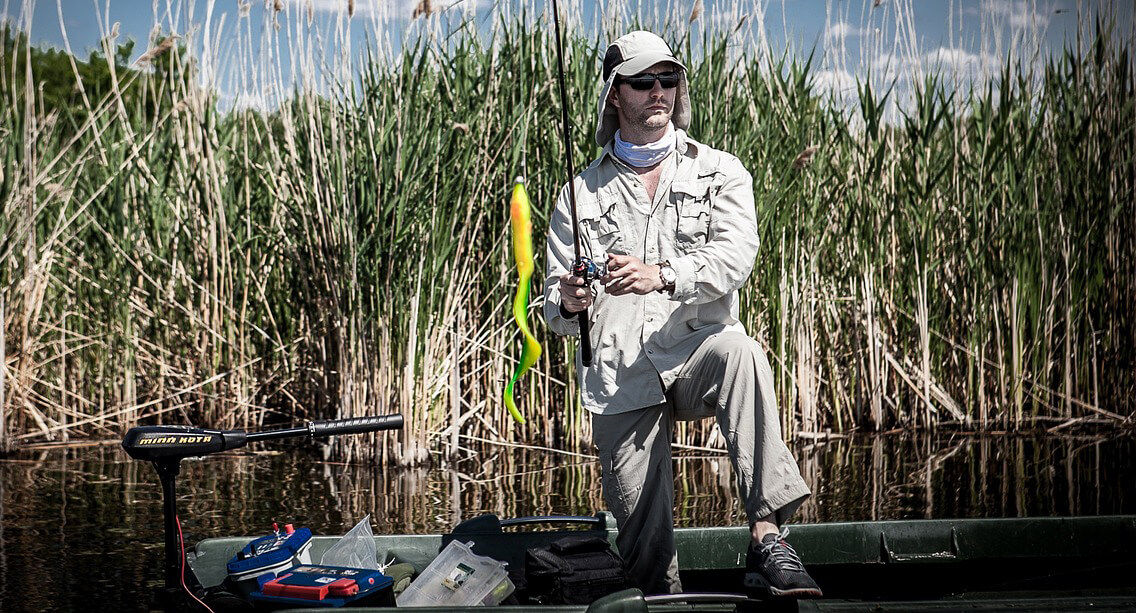
Such movement is provided in the presence of a special silicone bait, weighed down by a metal weighting agent – a jig head (other baits are also used, but we are now talking about the classics of the genre). To provide the necessary dynamics and control over the wiring, rigid blanks equipped with spinning reels are used .
Jig fishing for a predator is a fascinating activity, dynamic and adrenaline, but it requires certain physical conditions and some skill. The army of her fans is growing from year to year, not least due to the fact that the fishing technique is relatively uncomplicated and easily mastered independently, at the very first trip to the pond.
This fishing method is applicable in almost any conditions: both in stagnant water and downstream of any speed, at any depth. The only obstacle can be the abundance of aquatic vegetation and the clutter of the reservoir with snags and snags. However, with the accumulation of experience, anglers skillfully bypass these obstacles.
General description of the tackle
As mentioned above, we are dealing with an active method of fishing, which provides for total control over the tackle at all stages: casting, posting, hooking, playing fish. In this case, a spinning blank with certain characteristics is used, which ensures the “responsiveness” of the rig to the slightest movement of the angler, as well as a subtle transfer of the bite.
The rod is equipped with a line reel (more on that later). In this case, it is necessary to use a special artificial bait, as a rule, a flexible “fish” made of silicone. By itself, it will not obey the movements of the rod (it is carried away by the current, has positive buoyancy), therefore, it is given “efficiency” with the help of a metal head, usually of a round shape.
The technique of jigging is constantly evolving: there are new lines, adapted to certain conditions, and the corresponding options for equipment. In installations, steel, titanium or fluorocarbon leads are usually used. In the first case, the focus is on the strength of the rig, in the second – on its stealth in the water, and the determining factor is the degree of activity of the fish. For catching most predators, ordinary and offset single hooks are used, but when hunting for trophy pike, it is better to give preference to a double or a tee.
At the moment, the most popular are the following types of rigs:
- Texas . The rig consists of a “silicone”, a bullet weight, a single or offset hook and a restraining bead. It is most suitable for fishing in clogged and overgrown water bodies;
- Carolina . This rig provides a freer movement of the silicone, which makes it as efficient as possible in shallow water and the prey of an inactive predator. Carolina rig is similar to Texas rig, but it involves mounting the leash through a swivel;
- Drop lead . Drop lead allows you to cast ultralight lures at long distances. Outwardly, it resembles a paternoster familiar to feederists with two leads of different lengths (on one there is a sinker, on the other – a bait with a hook);
- Drop shot . This installation is considered optimal for spot fishing. Unlike the aforementioned option, the drop-shot assumes that the hook with the bait is not on a separate leash, but simply at a considerable distance from the load, which is attached at the end of the installation.
In addition to the main tackle, it is advisable to take a set of spare equipment for fishing. A landing net will come in handy for playing trophy individuals (in coastal thickets without it, it is easy to miss even not too weighty prey), as well as a special extractor for removing the hook (if you do not have one, you can do with a knife).
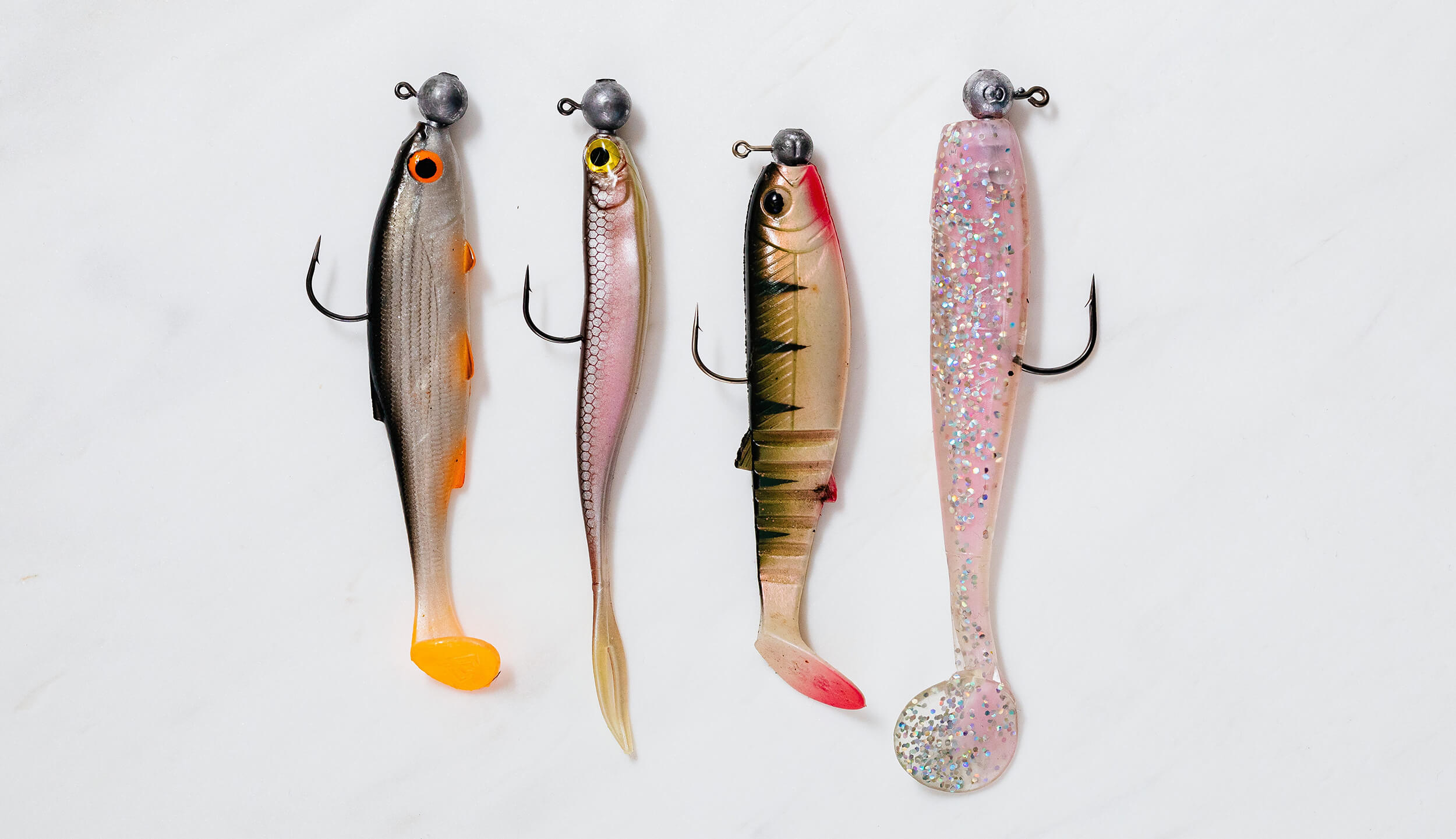
Rod selection
The spinning blank is the main element of the tackle, so its choice must be approached thoughtfully, without falling into dubious savings: using a cheap, low-quality rod is guaranteed to negatively affect the fishing performance and your comfort.
The first characteristic is lightness and quality of execution . In this case, blanks made of composite materials, carbon fiber reinforced plastic or graphite are preferred. The main thing is the presence of a comfortable and gripping handle made of natural cork. Pay attention to the quality of the lead-through rings: they must be absolutely flat and smooth, securely attached to the form. The rings for the coil should provide a rigid mount, without the slightest backlash.
And now about the technical characteristics . The choice of length depends on the fishing conditions. In jig fishing, a simple rule applies: every 30 cm of blank length increases the casting distance by 5 meters. Therefore, when fishing from the shore, spinning rods with a length of 2.5-3.3 m are usually used: the casting distance is fundamental here. If fishing is carried out from coastal thickets, it is advisable to choose a shorter rod, otherwise you can leave the rig on the sedge. When using a boat, the length of the blank does not really matter, so you can do with the extremely short one and a half meter option.
The next characteristic is the test . Its choice depends on the mass of the bait, as well as the fishing conditions (downstream, rods with a higher test are used). The main test classes for jig are ultralight (extremely light), small and medium. When it comes to choosing a universal option for a beginner, it is better to focus on the small (light) class of 5-12 grams.
The sensitivity of the rod determines how quickly the lure responds to the angler’s movements. In this case, the optimal forms of fast (and sometimes ultra-fast) action, providing the most realistic animation of the bait, as well as a high rate of transfer of the bite to the rod.
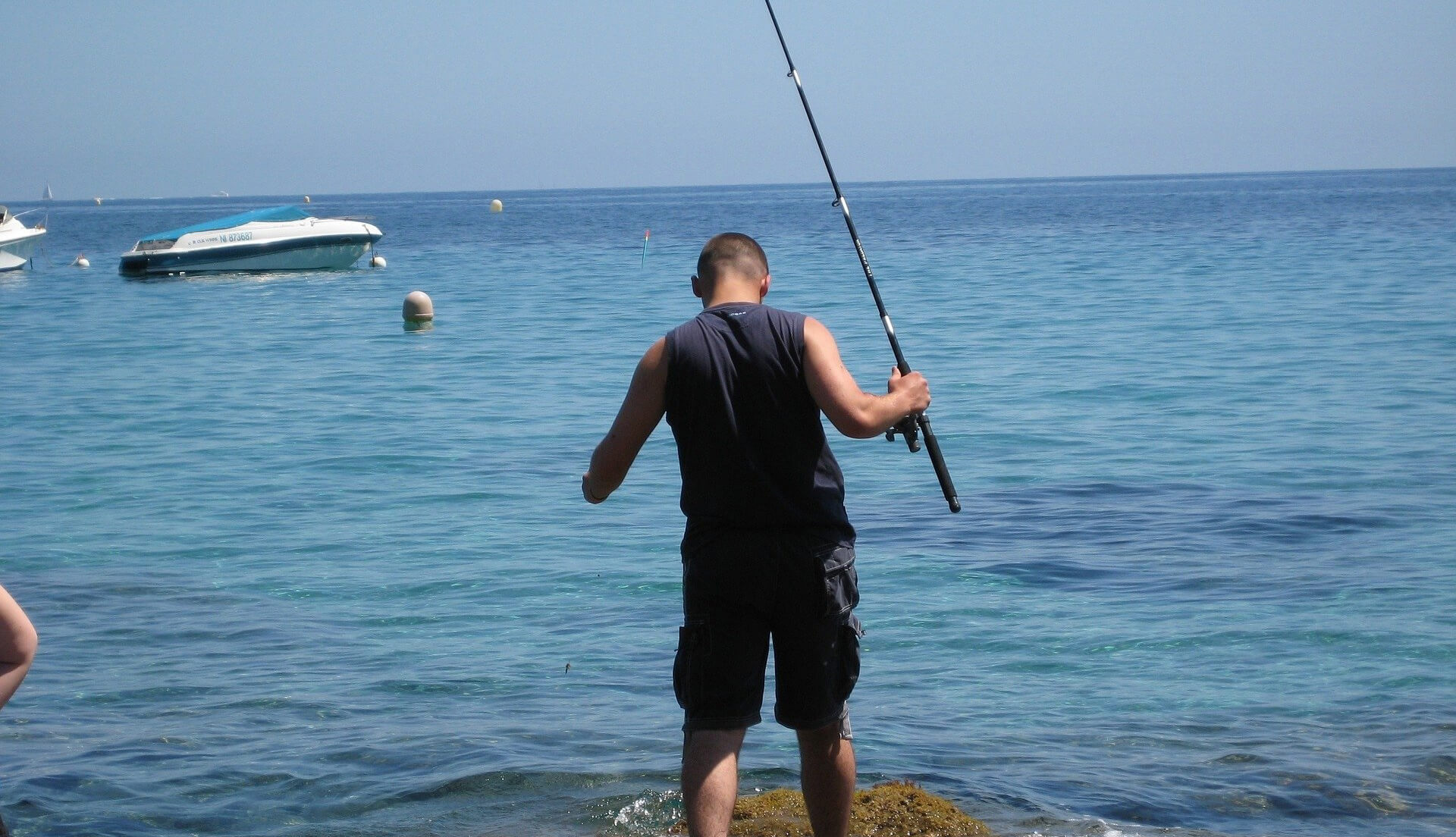
Reel
Some sports anglers use reels without any technical bells and whistles, but this is rather an exception, dictated by personal preference. In most cases, high quality and durable spinning reels are installed on blanks . The best option would be a lightweight model made of duralumin with mechanisms made of high-strength alloys. Models with cone-shaped spools look preferable: they show themselves best on the wires. If we talk about the brand, then this is a matter of taste: any high-quality reel is suitable for a beginner.
The capacity of the spool is determined by the rod test: ultralight – 1000, small – 2000, medium – 3000. You should pay attention to the presence of a friction brake of sufficient sensitivity: when jigging trophy specimens, it greatly simplifies the process of playing. However, one must remember that it is extremely important to correctly adjust the brake.
You should not chase expensive multiplier models: they make the rod very heavier, and there is no particular need to use them in fresh water. Well, perhaps, a trophy catfish with a weight of about thirty kilograms will be tempted by the bait, but this should be attributed, rather, to the category of miracles.
Fishing line
You should not save money when choosing a fishing line: stop at the products of famous fishing brands. The cheapest is traditional monofilament – the first artificial polymer line to appear. At short distances, high-quality monofilament line performs well at first, but this is far from ideal. The fact is that even in a high-quality performance, it has a high coefficient of elongation, especially when wet. For fishing, this may be not bad, but not too much for wiring and hooking.
In the vast majority of cases, jig fishing lovers use a braided line . Yes, it is not so durable, prone to abrasion with frequent use, it costs much more than monofilament. However, it has a minimal stretch ratio, which ensures perfect transfer of manipulation during the drive, and therefore a realistic animation of the bait. This makes it easier to guide and makes the bait more attractive to the predator. When using a braid, the bite is instantly transmitted to the rod, which is especially important at long distances.
The diameter of the line is in direct proportion to the test of the rod, the capacity of the spool and the weight of the bait (fluctuates in the range of 0.06-0.2 mm). The color scheme is not of fundamental importance. However, at first, it is better to dwell on the braid of a color contrasting with the water: this makes it easier to control the wiring.
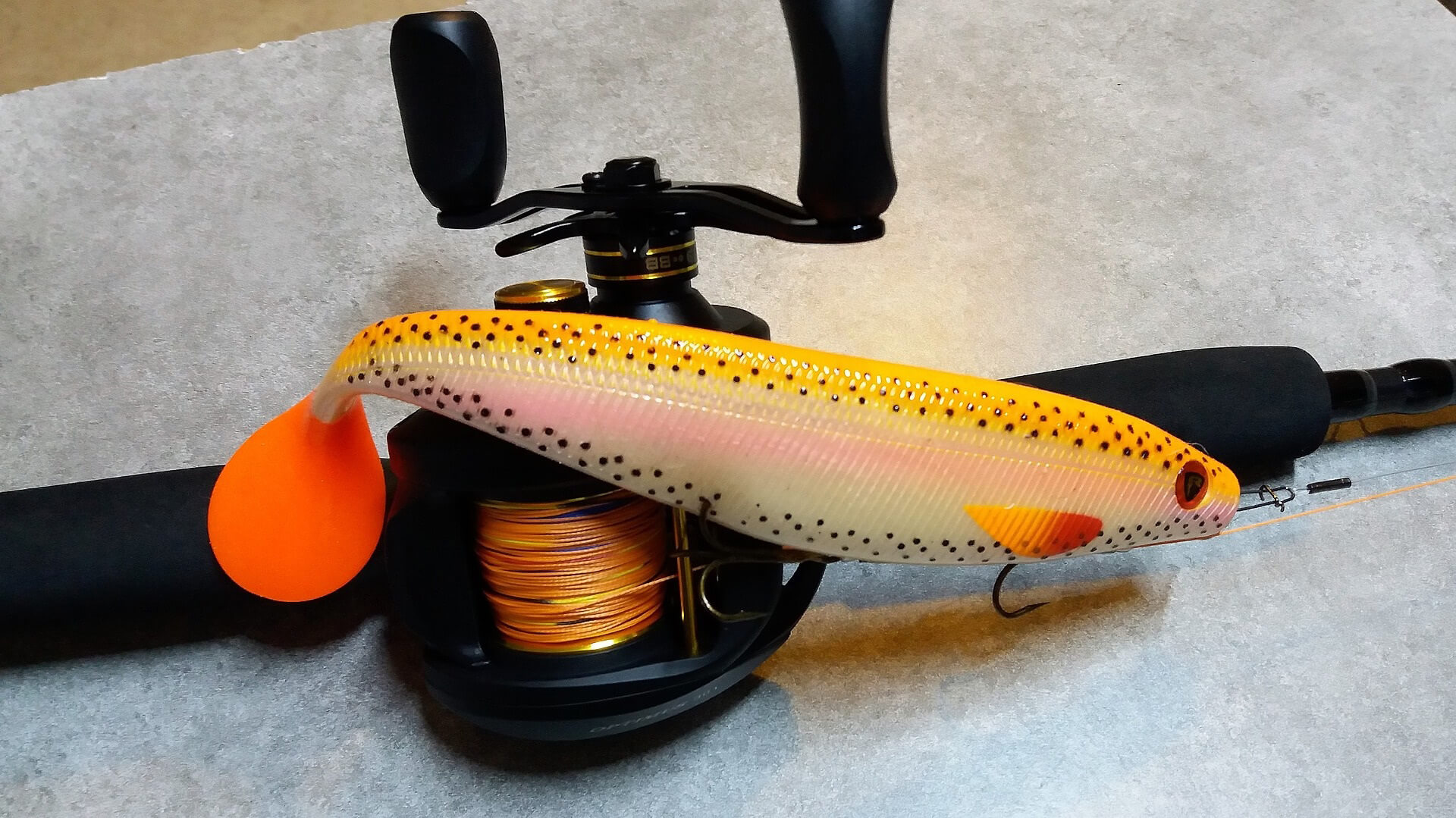
Varieties of jig lures
The classic jig fishing involves the use of soft silicone lures with special heads: in fact, their invention determined the appearance of this method. For the most part, they have a generalized form of a small fish (or other potential prey), can be presented in various color and even taste-olfactory variants. This is, so to speak, a universal option for hunting any predator in various fishing conditions. Specialization is achieved through various montages, as discussed above.
However, over time, the fishermen realized that jig fishing is not a single classic. For example, using foam lures increases the chance of catching walleye. In this case, “foam rubber” of various colors and configurations are used, and fishermen often make them with their own hands in accordance with personal preferences.
Fishing is also possible when using various types of lures with all kinds of loading options. These are already delights that are used for targeted catch, for example, asp or catfish: at first, it makes no sense to master a jig with a spoon.
In all cases, both the correct choice of bait and the conduct of the posting with the most realistic and seductive animation for a predator are archival.
Classic silicones
As mentioned above, the emergence of soft silicone lures gave rise to the very principle of jigging. Now a great variety of them have appeared, in all sorts of the most puzzling versions, imitating all kinds of aquatic animals, which are the food base of not only predatory, but also some peaceful fish. They can be roughly divided into three broad groups:
- Vibrating tails . Lures of this type have the shape of fish and are distinguished by a rather short and flattened “tail” in frontal projection, the movements of which are dictated by the motor skills of the “body” movement.
- Twister . But this artificial bait has a “tail” of a fairly decent size, and even twisted with a screw or funnel. It works independently, providing silicone movement similar to that of a wounded fish.
- Other silicones . This group includes baits that imitate all kinds of insects, worms, crustaceans, larvae – in short, any delicacies for fish. Sometimes large bream, carp or crucian carp are caught on such baits.
Silicones are available in a variety of colors, from close to natural to the most fantastic. In this case, the silicone can include glitter or fluorescent composition, which not only increases the attractiveness of the bait for a predator, but also allows you to control the wiring in the dark. An additional bonus can be the addition of an attractant: fishermen usually call this silicone “edible rubber”.
The size of the bait is selected depending on the solidity of the intended prey. Models are on sale in lengths from 5 millimeters to 20 centimeters. The bait is usually placed on a perch up to 5 cm long, on a pike – up to 10. Other sizes are not so in demand and are used mainly in sports jig fishing.
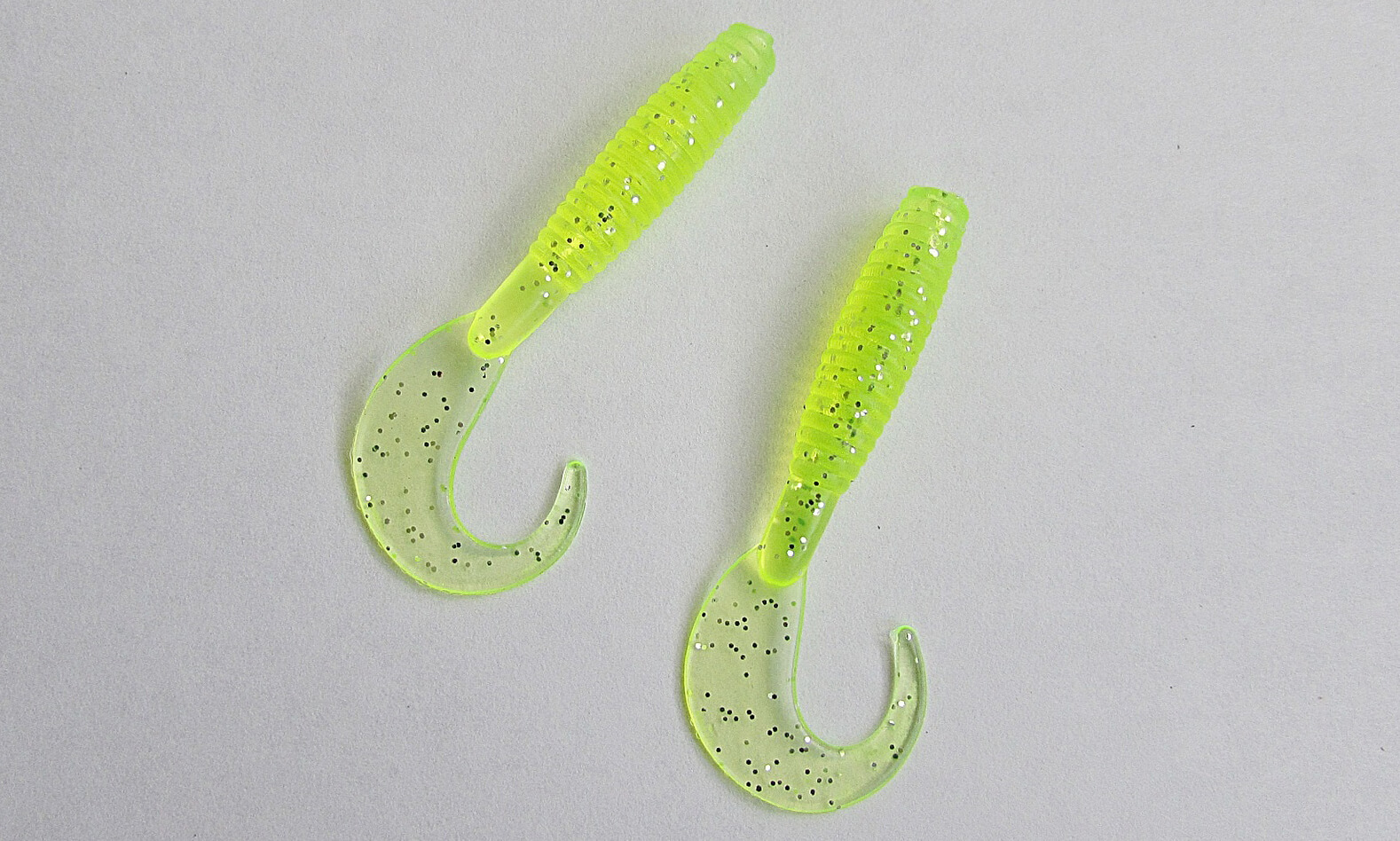
Other types of baits
Jig fishing may involve the use of other lures, however, it is rather exotic, used when trophy fishing for a certain predator. It is not at all necessary for beginners to have such baits in their arsenal, but it will not hurt to have a certain idea about them.
Now, in order:
- Turntables . Spinning lures for jig differ from the classic versions by an additional weight in the front of the mounting (it is usually made in the form of a fish head). “Taurus” is actually a bauble, and the tail is a “plumage” that hides the hooks. The main trophies are pike, humpback perch, channel catfish.
- Oscillators . Spoons of this type are used for jigging much less often: in autumn – for trophy pike, in spring in warm regions – for catfish. The most common is direct knot mounting of the main cord to the vibrator ring.
- Foam pads . Previously, exclusively homemade options were used (they were simply cut out with scissors, painted and equipped with hooks), now factory models of all kinds of colors have appeared on sale. Foam pellets are targeted profit for pike perch: this predator reacts especially vividly to awkward, but distinct and sharp animation.
Jig head selection
By itself, silicone will not provide animation; it is required to include a special load in the installation – a jig head. In the classic version, it is combined with a hook, but there are also independent loading options, which are used mainly for spaced mounting.
The key point of its choice is the mass of the silicone itself, as well as the fishing conditions (wind, current, and so on). The smallest jig heads weighing from a gram to four are designed for fishing small predators (for example, grass perch) using silicone up to 5 cm long. Naturally, the thinnest cord and ultralight blank are required.
The most common and universal heads are small and medium-sized, weighing 5-20 . You should have heads of different weights in your arsenal so that you can select them according to the fishing conditions. To select the best option, you can proceed from the 7 seconds rule – this is the ideal time for the bait to sink to the bottom. Less time – we take a lighter head, more – heavier.
The most common heads are spherical , but there are other options. For example, flat heads “iron” are more “passable” and are used for fishing in conditions of a curled bottom. Rugby heads are elongated and do not tilt on their side, which increases the chances of productive striking, but when used on rocky bottom they often get stuck.
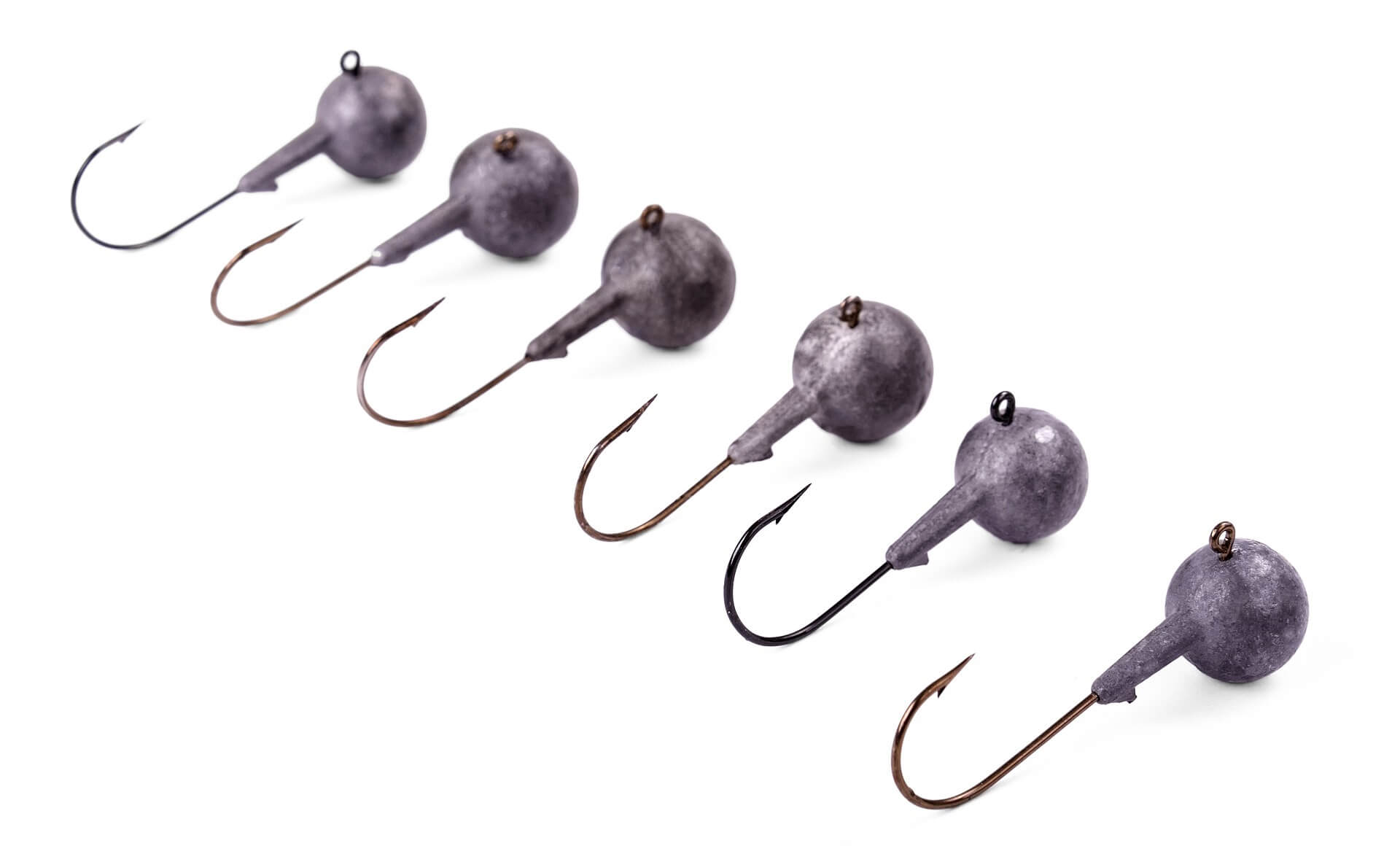
Most efficient postings
Fishing begins with the casting of the tackle at the maximum possible distance under the given conditions. When the bait reaches the bottom (as shown by the slack in the line), the fun begins: the wiring.
There are many types of harnesses to provide optimal bait animation for specific fishing conditions. When jigging, the following lines are most often used:
- Classics . This option assumes solely operation with a coil. When the bait has reached the bottom, we make a couple of three turns, lifting and moving it forward. This is followed by a pause of a couple of seconds and a repeat of the cycle.
- Short step . This method is similar to the previous one, but provides for a shorter “step”. Only one revolution of the reel is made, but at a more frequent rhythm.
- American stepped . In this variant (more laborious), the stepping is ensured by working with a rod. The rewinding is carried out after significant sagging of the cord.
- For demolition . This method is applied downstream. The swing of the rod ensures the separation of the bait from the bottom, and its movement occurs downstream.
- Aggressive . A variant involving sharp strokes of the rod with pauses for the return of the nozzle to the bottom. The slack in the cord is eliminated by winding the spool.
- Uniform . Ideal for a twister. It is carried out by wiring the coil without jerks and pauses.
- Pendulum . Complex wiring, usually combined with a flat jig head. It is necessary to constantly work with a rod with a small amplitude up and down, while simultaneously reeling in a sagging line.
- Dotted line . A variant used by professionals when jigging a certain predator – zander. The nozzle practically drags along the bottom soil, which is provided by sharp micromovements of the rod with an amplitude of up to ten centimeters.
After the predator has swallowed the bait, the stage of hooking and playing the fish follows . In this case, a reasonable persistence should be observed, carefully working with the rod and reel. If the catch is large, it is highly desirable to use a landing net in the final. We wish you to use this piece of equipment as often as possible. In a word, more enviable trophies for you!

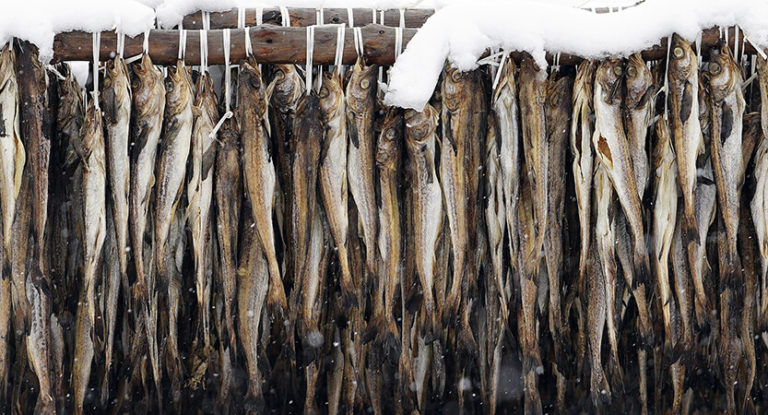
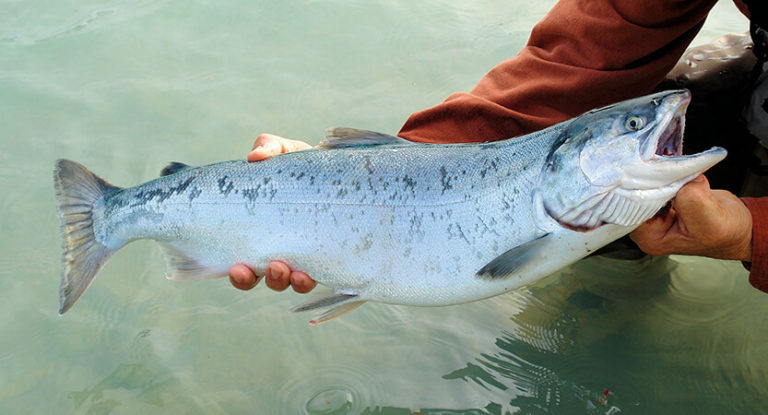
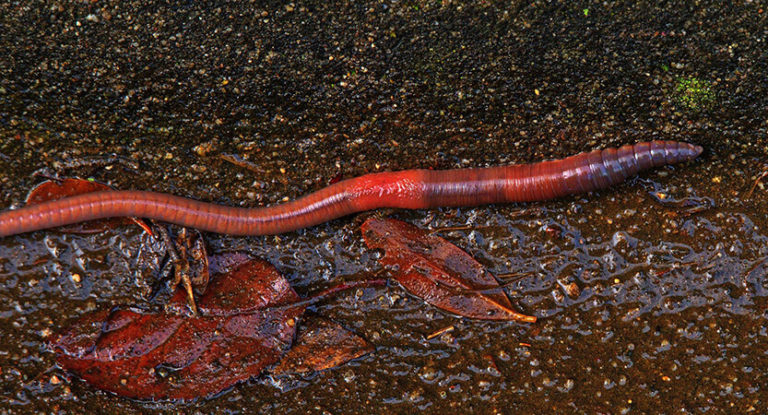
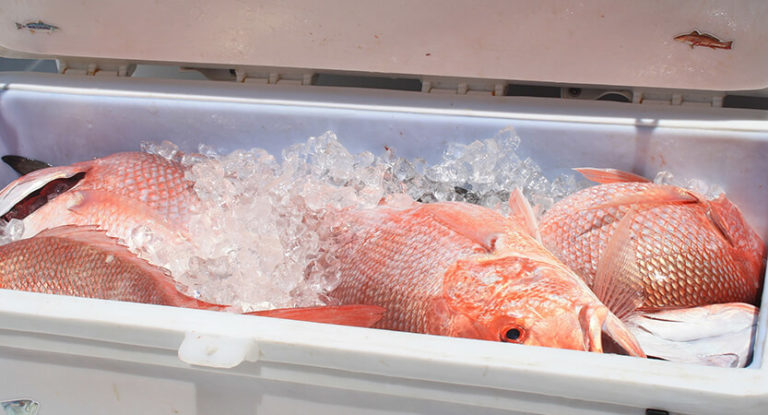
![The 10 Best Fishing Coolers in 2023 [Detailed Guide] 11 The 10 Best Fishing Coolers in 2023 [Detailed Guide]](https://trizily.com/wp-content/uploads/2022/03/best-fishing-coolers-768x768.jpg)
